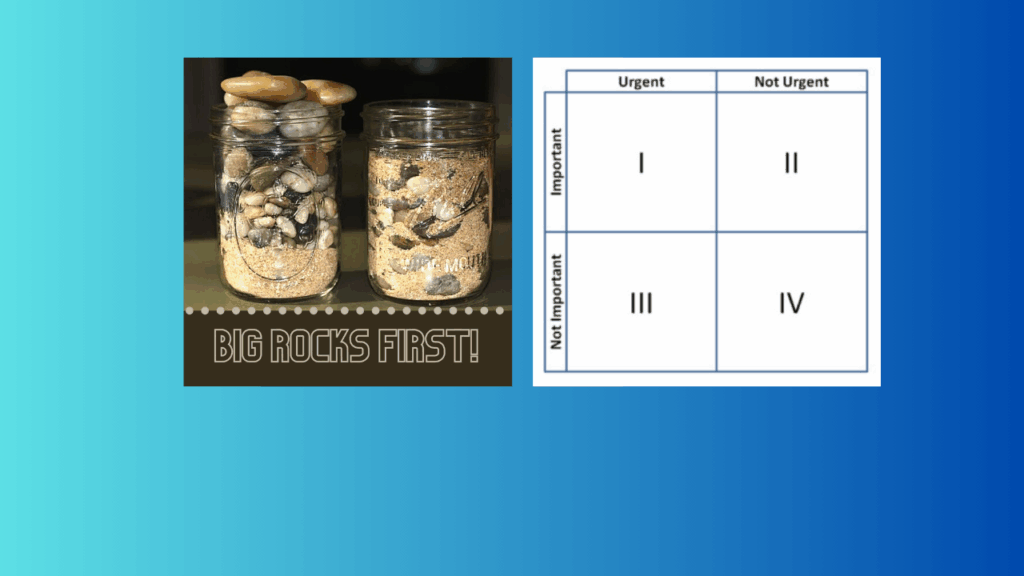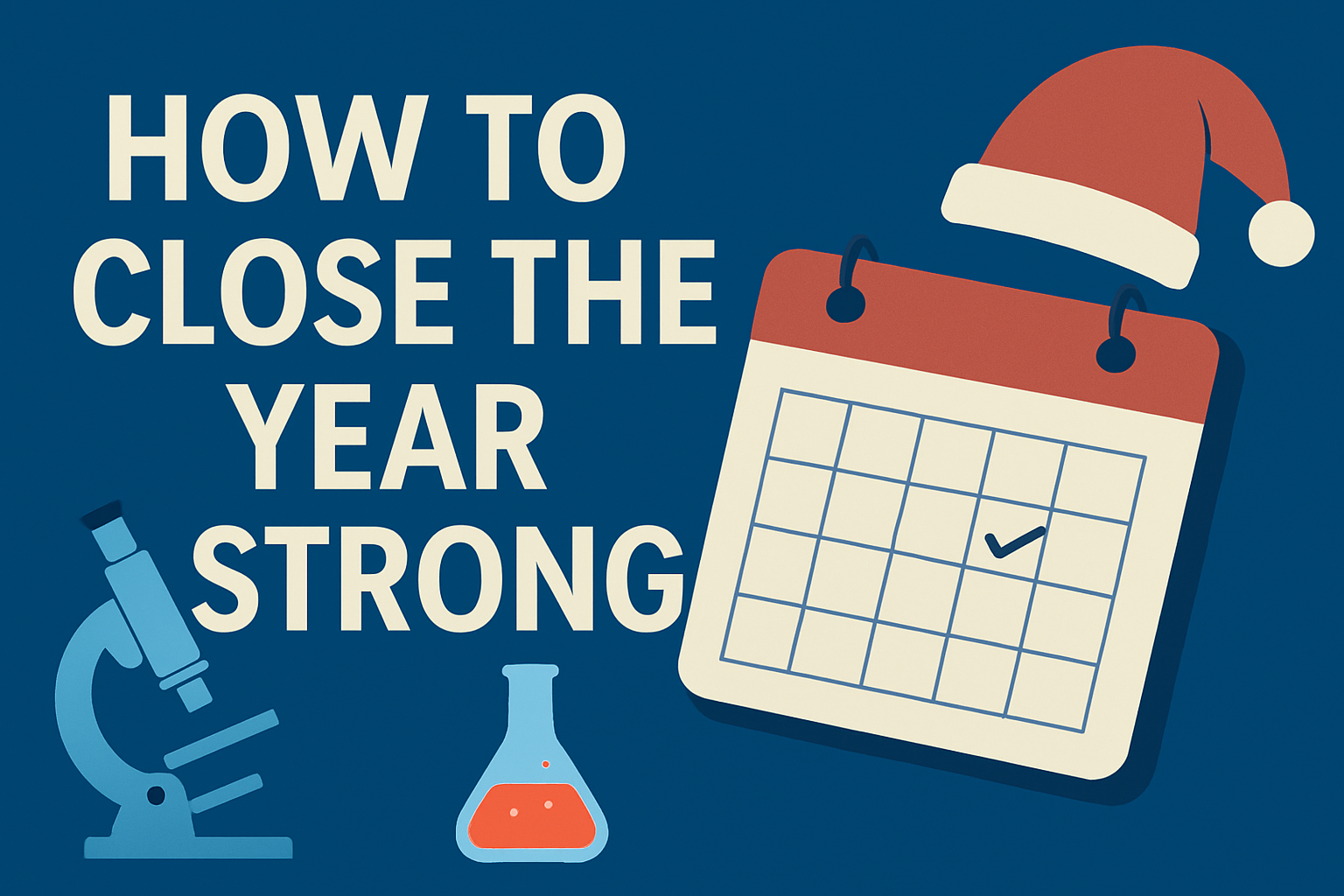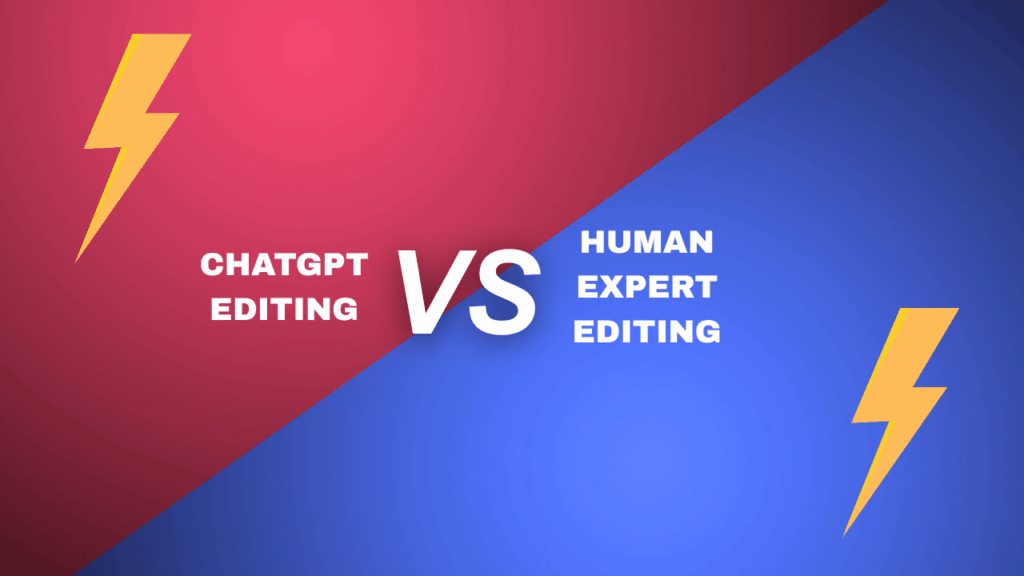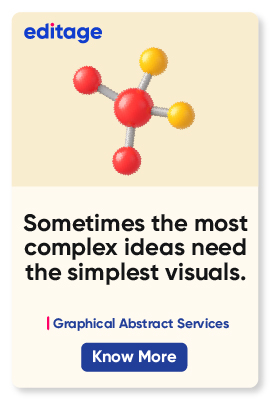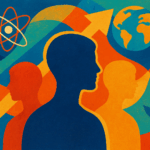This could’ve been an infographic: Role of visuals in communicating biomedical research
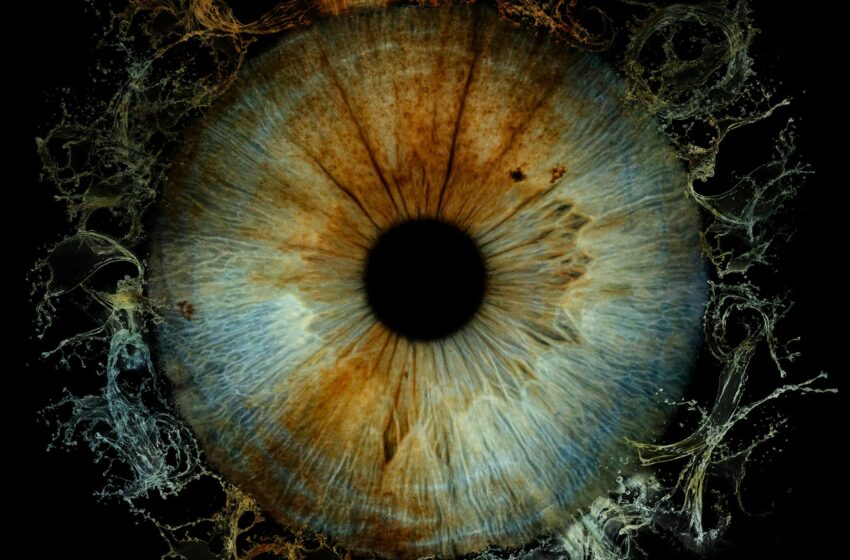
“Type 2 diabetes mellitus is a chronic metabolic disorder characterized by insulin resistance, relative insulin deficiency, and hyperglycemia resulting from impaired glucose uptake in peripheral tissues and dysregulated hepatic glucose production.” For those in the biomedical field, that sentence probably makes perfect sense. But step outside the inner circle, even just into a different corner of biomedicine, and it might lose people. That’s the challenge: valuable science too often stays locked behind dense or technical language. If we want important research to reach the right audience and actually resonate, we need more than just strong data; we need clearer communication. And that’s where visuals come in.
The rise of visual communication in biomedicine
Scientists haven’t always been trained as storytellers, but that’s changing. Visual communication, whether it is through graphical abstracts, infographics, visual summaries, and even videos, is becoming an essential tool in researchers’ arsenal. So, what’s the reason for this shift? Visuals cut through noise, cater to how our brains process information, and they are also conducive to how information is communicated in the digital age. In an era of X (formerly Twitter) feeds and Instagram stories, audiences (yes, even medical professionals) expect content that is quick to digest and visually engaging.
Beyond just grabbing eyeballs, visuals play a crucial role in enhancing comprehension. They serve as cognitive shortcuts, leveraging the human brain’s remarkable ability to process images faster than words. In fact, there’s a growing consensus that visual information isn’t just processed faster, it’s also retained better. But does this translate into practice? Yes. Doctors report that using visual aids during consultations helps improve patient understanding of complex information, especially around anatomy and treatment decisions. By making complex science easier to understand, visuals have the potential to generate interest and engagement with your work. Let’s look at some of the benefits of using visuals in your research communication strategies.
1. Boosting visibility and engagement: One of the most immediate benefits of using visuals in research communication is increased visibility. Graphical abstracts especially have gained popularity over time. Journals from BMJ to JAMA are now adopting visual abstracts as standard. Moreover, by displaying graphical abstracts alongside titles in search results or content lists, journals can make the associated articles stand out.
A great example of the impact of such visuals comes from a study where researchers assessed how graphical abstracts performed on Twitter (now known as X). They found that tweets with graphical abstracts received nearly eight times more impressions and retweets, and three times more link clicks to the full article, than those with just the title. That’s significant, especially when you’re trying to get your work into the hands of clinicians, collaborators, or funders.
2. Enhancing accessibility and inclusivity: Often research papers can unintentionally exclude certain readers or audiences. Think about it: it’s not just the general public, sometimes even professionals in related fields may be left out of the conversation. This is because not everyone reading a research article or coming across an abstract will be familiar with the language, and not all stakeholders share the same expertise or scientific background. In such instances, visuals can act as a universal language, opening the door to a wider audience engaging with your science.
For instance, in a New York–based public health study, researchers used a traffic light–themed infographic to help Spanish-speaking patients understand blood pressure ranges. Such an approach won’t water down the science but in fact can help clarify it and create real-world impact.
3. Bridging collaboration: You’ll be right to think that scientific writing and technical jargon is accessible to peers, but the sheer volume of publications can make it harder for your work to stand out. Journal clubs, medical rounds, and academic programs have started adopting graphical abstracts to encourage discussions. At conferences, visuals are becoming central to how research is showcased. From traditional posters supplemented with QR-linked videos, to smart posters designed for real-time sharing. Events like the World Congress of Nephrology now feature visual abstract as official conference submissions. Such visuals can also be used to share real time updates during medical conferences on social media.
Moreover, biomedical research today rarely happens in silos. For instance, a neuroscientist might collaborate with an engineer, or an immunologist with a computational modeller. By highlighting the essence of a paper in an intuitive graphic, researchers from other fields can quickly identify the relevance of the work to their own. This is reflected in journal guidelines, nothing that one of the purposes of graphical abstracts is to promote interdisciplinary scholarship.
4. Communicating with diverse stakeholders: Scientists often need to explain their work to funders, institutional leaders, or the media—audiences who may not have technical expertise but have a keen interest in the outcomes. Here, a clear infographic or a concise visual summary can convey the research findings without drowning the audience in details. The National Institute of Health (NIH), for example, provides media resources including infographics, illustrations, and images to support science communication and public outreach.
5. Supporting medical education and training: Visuals can also double as educational tools. When information is presented visually, learners are more likely to understand and retain it, compared to traditional text-heavy formats. Visuals like infographics can make research more engaging for medical students, helping them grasp complex material more easily and feel more confident navigating scientific material. Medical education communities, like The Clinical Problem Solvers, offer widely shared visual summaries of diagnostic reasoning such as illness scripts and schema.
Visuals have the power to transform a piece of biomedical research from a static document into a dynamic story that can reach further, help people understand what you’ve done, and make them want to learn more. So, as you work on your next paper or presentation, ask yourself: could a diagram clarify your methodology? Would a graphical abstract better highlight your key findings? Or maybe a simple infographic could make your work more impactful to a broader audience.
Looking to make your research more impactful? Check out Editage’s Graphical Abstract Design Services and get professional support to make your research stand out.


